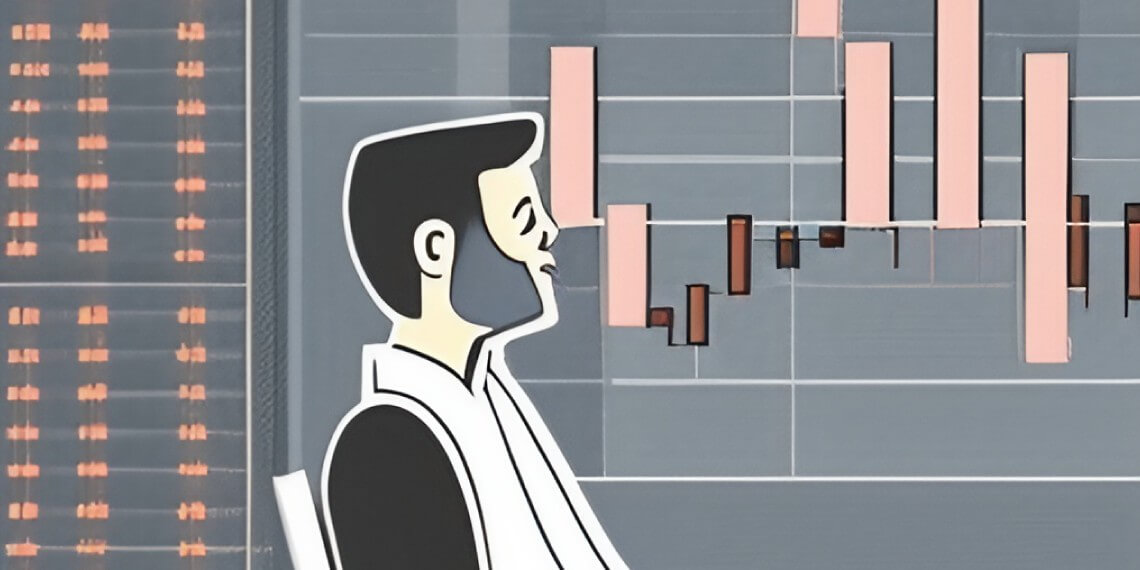Short liquidation or Short squeeze is one of the risks associated with cryptocurrency-leveraged trading. It happens when an investor or trader cannot meet the margin requirements for their position, especially because of increase in the price of an asset. While this can be a scary prospect for those unfamiliar with it, having a basic knowledge of why it happens can help traders minimize exposure to such liquidation while still taking advantage of potentially lucrative opportunities in cryptocurrency trading.
The concept of Short liquidation explained
Liquidation is an important concept to be aware of, as it can have a major impact on a trader’s success. In general, crypto liquidation occurs when the value of a position falls below a certain threshold, known as the “maintenance margin.”
When this happens, the investor’s position is closed out and the associated collateral (in the form of cryptocurrency) is sold off to cover any losses incurred by the trader. The risk of liquidation increases with a higher degree of leverage being used in a trading strategy. This is applicable to both cryptocurrency futures and margin trading.
The concept of Short liquidation is fairly straightforward. When it comes to the crypto and the traditional market, the words “long” and “short” merely point to what type of trade an investor is entering into. If one anticipates a price decline or boom (which are known as short trades), then their liquidations would be seen as short liquidations.
Simply put, Short liquidation happens when the price of an asset increases to a point where a trader is unable to meet their margin requirements. This is because the amount of money they have put up as collateral is now worth less than it was before, and they can no longer cover the cost of their position if the price continues to go up.
Why should crypto traders know about Short liquidation?
Crypto traders should be aware of the concept of Short Liquidation because it can significantly impact their profits and losses in a given trade. This is especially true in markets where cryptos experience high volatility, such as Altcoins. Also, having knowledge of Short liquidation (or crypto liquidation in general) will help traders avoid the mistake of using high-leverage sizes in trades.
Understanding short liquidation can also help traders plan for potential losses and manage their risks more effectively. By evaluating the amount of leverage they’re using as well as monitoring price movements regularly, traders can try to preemptively adjust their strategies to avoid getting liquidated.
Ways to avoid losses from Short liquidation
One of the best ways to avoid losses from Short liquidation is by properly managing risk and leveraging. When trading with leverage, it’s important to keep the amount of leverage used within reasonable limits.
As a general rule, the higher the leverage used, the more volatile and risky trading becomes. It’s usually only recommended to use leverage if a trader is confident in their ability to time the market and has sufficient capital to absorb any losses.
It’s also important for traders to be aware of price movements on the asset they are trading and adjust the size of their positions accordingly. If prices start to move too quickly, it might be a good idea to reduce the size of the position to minimize losses in case of liquidation.
Also, it’s advisable for traders to have a clear understanding of the market they are trading in and to always stay up-to-date with the latest news and developments. By also monitoring the market, traders can identify any sudden price increase that might put their position at risk and take corrective action if necessary.
Crypto traders should also ensure that there is always enough collateral (in terms of crypto) on hand to cover any potential losses incurred as a result of short liquidation. By doing this, traders can ensure they never get completely wiped out by an unexpected price swing.
Most importantly, stop-loss orders can help traders manage their risks more effectively, as they can set them to automatically close out a position if it begins to move in the wrong direction. A stop-loss order acts as a “safety net” and can help traders cut their losses and limit their exposure in volatile markets.
Conclusion
Understanding and managing short liquidations in cryptocurrency trading is an essential part of any trader’s strategy. Short liquidation happens when the price of an asset increases to a point where a trader is unable to meet their margin requirements, which can lead to a loss of the collateral if not managed properly. To avoid losses from short liquidation, traders must have a clear understanding of the market, stay up-to-date with news and developments, use reasonable amounts of leverage, monitor the price movements regularly, and ensure they always have enough collateral on hand. With these strategies in place, traders can more effectively manage their risk and protect themselves against potentially costly losses.





